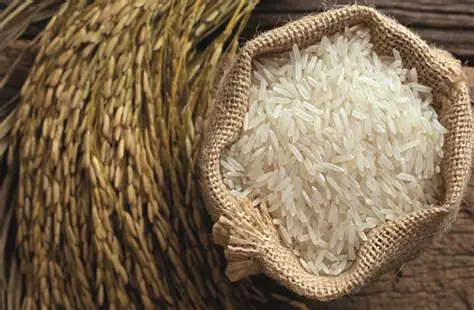Revenues from oil exports over the first four months of 2022 increased by 60.9 per cent year-on-year, owing to the rise in oil prices as the Russia-Ukraine conflict drags on, leading to supply-side constraints.
Analyzing data from the Bank of Ghana (BoG), crude exports rose to $1.85 billion in April 2022, from $1.15 billion in April 2021. The figure for April 2022 reflected a 38.8 per cent rise from that of the previous month. Matching crude exports against imports, the country recorded net oil exports of $573.7 million in April 2022, and this trajectory has been unchanged over the four months of 2022.
With oil prices likely to remain elevated, it is expected that the country will continue to benefit as there is still no end in sight for Russia’s invasion of Ukraine and demand for the commodity continues to rise given constrained supply. As it stands now, oil prices are still above US$100 per barrel. This supports an increase in oil exports over the last four months.
On the back of increased domestic consumption for petroleum products, oil imports increased by more than 30 per cent on a year-on-year basis, whereas non-oil imports increased to $3.50 billion from $2.62 billion in the previous month. Compared to previous year’s figures, non-oil imports registered a decline of 4.68 per cent in April 2022.
According to the Bank of Ghana data, total exports reached $6.1 billion in April 2022, rising more than $1.0 billion over the first four months. Cumulatively, total exports for April rose 17.1 per cent from $5.21 billion year-on-year.
Consequently, the country recorded a trade surplus, staying on course of the whopping $1.33 billion in April 2022, after the surplus rose more 200 per cent in March 2022 from $261.5 million in February 2022. The trade surplus represents a 71.0 per cent rise from that of the previous year, reflecting 1.9 per cent of GDP.

Export Performance of Cocoa and Gold
Rich in cocoa and gold, which are major contributors to Ghana’s economy, the performance of these two commodities have not been as huge as that of oil; cocoa exports dropped in April 2022, for instance. Though cocoa exports passed the $1.0 billion mark, it saw a drop from $1.29 billion in April 2021 (13.9% decline). This could be attributed to the effect of the ongoing Russia-Ukraine crisis on the country’s cocoa exports, as cocoa is one of the major imports of Russia and Ukraine from Ghana.
Of all the products exported from Ghana to Russia, cocoa and cocoa preparations ranked the highest, making up 6 per cent of the shares of Russia’s imports in 2020. In Ukraine, cocoa and cocoa preparations is the second most exported commodity from Ghana, making up 9 per cent of shares of Ukraine imports.
On the other hand, total imports rose from $1.20 billion in January 2022 to US$2.32 billion in April 2022. Out of this, oil imports rose to $609.7 million at the end of April 2022 from $296.4 million in January 2022. From the data, the rise in exports was higher than that of imports resulting in a surplus for April 2022.
The data showed that cumulatively, gold exports rather saw a marginal increase from $1.80 billion in April 2021 to $1.87 billion in April 2022. This represents a 3.6 per cent year-on-year. Nonetheless, gold maintained its place as the largest share of exports in the first four months of the year as well as the main foreign exchange earner for the country.
Gold exports rose from $1.37 billion at the end of the March quarter and rose 36.5 per cent in April. This is due to the role that gold plays as a safe haven asset. Investors continue to increase demand for gold to hedge against the volatilities in the financial market as uncertainties rise due to the ongoing Russia-Ukraine crisis as well as inflationary pressures.
Of recent, the depreciation of the domestic currency has been of great concern to policy makers. With a good trade balance, this has implications on the performance of the currency. As at April 2022, as of the time the data was published, the currency has depreciated 15.6 per cent against the dollar.
READ ALSO: Ghana’s Public Debt up by GHS40.2 Billion in First 3 Months of 2022























